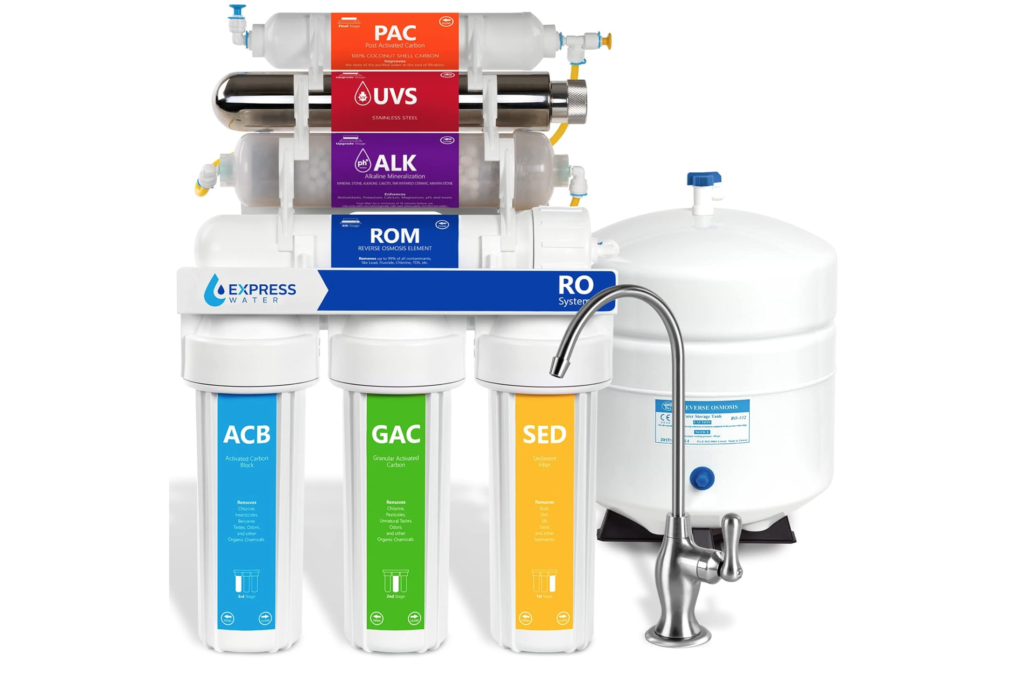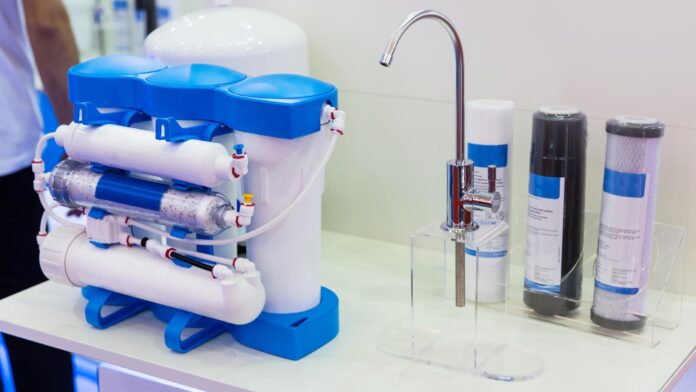Table of Contents
The Rising Importance of Reverse Osmosis
In an age where water quality concerns are at the forefront of health and environmental discussions, the significance of having access to pure, contaminant-free water cannot be overstated. Reverse osmosis (RO) systems emerge as a critical solution in this context, offering unparalleled purification capabilities that ensure the safety and cleanliness of your household’s water supply. With contaminants increasingly making their way into municipal water sources, the urgency for implementing reverse osmosis technology in homes has never been more pronounced.
Understanding Reverse Osmosis: A Deep Dive into Water Purification
Reverse osmosis is a sophisticated filtration method that removes impurities from water at the molecular level. The process involves forcing water through a semipermeable membrane, which effectively blocks contaminants, such as dissolved salts, bacteria, viruses, and chemicals, while allowing pure water to pass through. This technology not only purifies water but also improves its taste and odor, making it the gold standard for household water purification.
The Benefits of Installing a Reverse Osmosis System in Your Home
Enhanced Water Quality and Safety
The primary benefit of a reverse osmosis system is its ability to provide safe, clean drinking water. By removing up to 98% of dissolved solids and contaminants, RO systems ensure that the water you and your family consume is free from harmful substances, contributing significantly to your overall health and well-being.

Cost Savings and Convenience
Investing in a reverse osmosis system can lead to substantial cost savings over time. By providing a constant supply of purified water, it eliminates the need for bottled water, reducing plastic waste and saving money. Additionally, having access to pure water directly from your tap adds a level of convenience that cannot be matched.
Environmental Impact
RO systems have a positive impact on the environment by reducing the dependency on bottled water, thus decreasing plastic waste and the carbon footprint associated with the production and transportation of bottled water. Furthermore, modern RO systems are designed to be more water-efficient, minimizing wastewater production.
Types of Reverse Osmosis Systems: Finding the Right Fit for Your Home
Point-of-Use Systems
Point-of-use RO systems are typically installed under the kitchen sink to provide purified water at a single faucet. These systems are ideal for drinking and cooking water, ensuring that the water you consume is of the highest quality.
Whole-House Systems
Whole-house RO systems are designed to purify the water supply for the entire home, providing purified water from every tap. These systems are more extensive and require a larger investment but offer comprehensive water purification for all household needs.
Installation and Maintenance: Ensuring Optimal Performance
Installation Guide
The installation process for RO systems can vary based on the type and complexity of the system. While point-of-use systems can often be installed by the homeowner, whole-house systems may require professional installation. It’s crucial to follow the manufacturer’s instructions or consult with a water treatment specialist to ensure proper installation.
Maintenance Tips
Maintaining your RO system is essential for its longevity and efficiency. Regular maintenance tasks include changing the filters and membrane according to the manufacturer’s recommendations, checking the system for leaks, and flushing the system periodically to prevent clogging.
A Worthy Investment for Health, Home, and Environment
Investing in a reverse osmosis system is a wise decision for any homeowner looking to improve their water quality. Not only does it provide a reliable source of pure, safe drinking water, but it also offers cost savings, convenience, and a positive environmental impact. By choosing the right RO system for your home and adhering to proper maintenance practices, you can enjoy the benefits of purified water for years to come.




